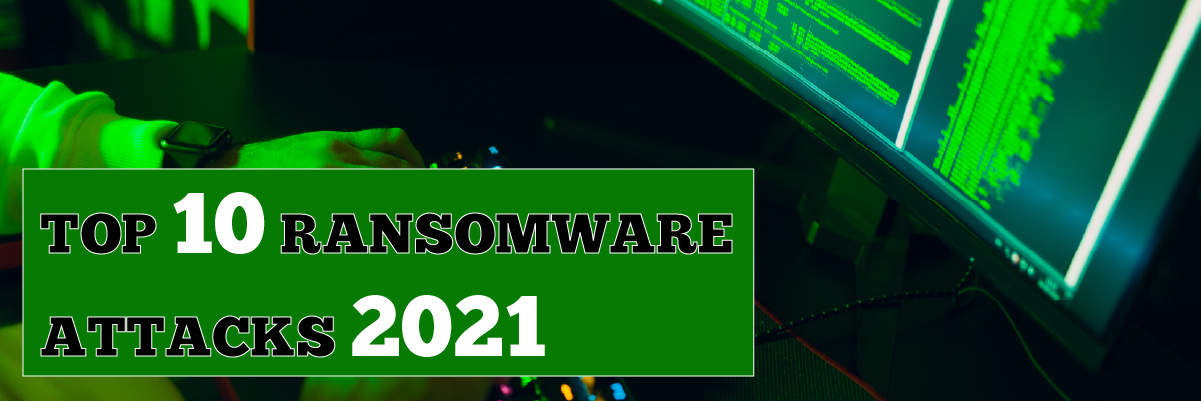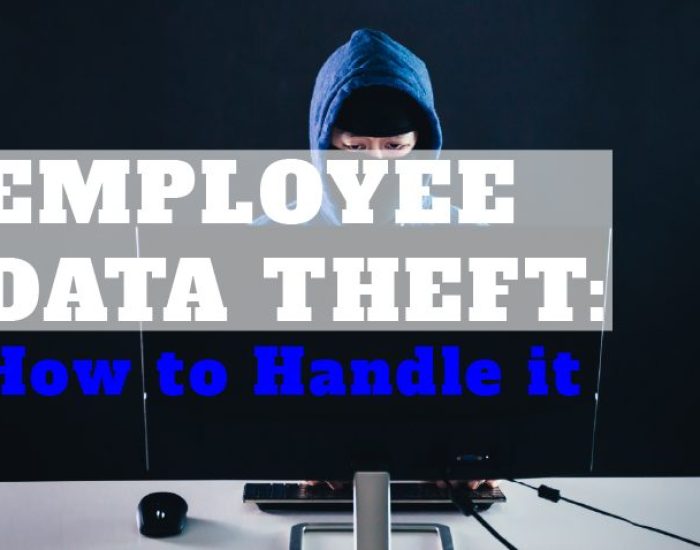Top 10 Ransomware Attacks
Ransomware Definition
Ransomware is a type of malware (malicious software) that threatens to publish or prevent access to data or a computer system, typically by encrypting it. The victim is faced with the ultimatum of either paying a ransom or risking the publication or permanent loss of their data or access to their system. The ransom demand usually involves a deadline. If the victim doesn’t pay on time, the data is permanently lost, or the ransom is increased.
Attacks using ransomware are all too frequent these days. It has affected both large firms in North America and Europe. Cybercriminals will target any customer or company, and victims come from every sector of the economy.
The FBI and other government agencies, as does the No More Ransom Project, advise against paying the ransom to prevent the ransomware cycle because it doesn’t ensure retrieval of the encrypted data. If the ransomware is not removed from the system, 50% of the victims who pay the ransom will likely experience further attacks.
History and Future of Ransomware
According to Becker’s Hospital Review, the first known ransomware attack occurred in 1989 and targeted the healthcare industry. 28 years later, the healthcare industry remains a top target for ransomware attacks.
The first known attack was initiated in 1989 by Joseph Popp, Ph.D., an AIDS researcher, who attacked by distributing 20,000 floppy disks to AIDS researchers spanning more than 90 countries, claiming that the disks contained a program that analyzed an individual’s risk of acquiring AIDS through the use of a questionnaire.
However, the disk also contained a malware program that initially remained dormant in computers, only activating after a computer was powered on 90 times. After the 90-start threshold was reached, the malware displayed a message demanding a payment of $189 and another $378 for a software lease. This ransomware attack became known as the AIDS Trojan or the PC Cyborg.
There will be no end to ransomware anytime soon. Ransomware as a service raas attacks have skyrocketed in 2021 and will continue to rise. About 304.7 million ransomware attacks were attempted in the first half of 2021, and many attacks went unreported as per Ransomware statistics 2021.






